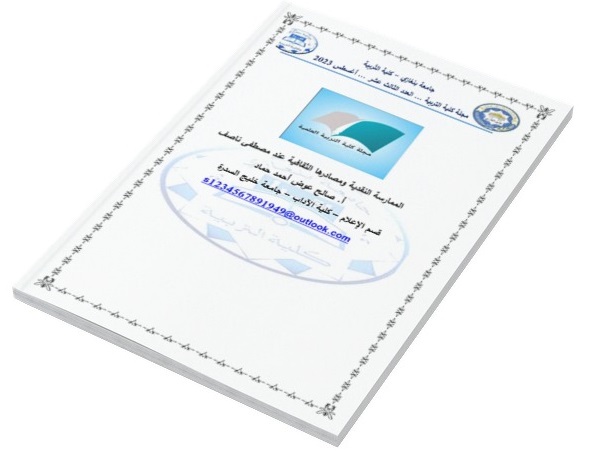Critical practice and its cultural sources according to Mustafa Nassef
DOI:
https://doi.org/10.37376/fesj.vi13.3922Keywords:
rhetoric, semantics, poet, reading, meaning, method, textAbstract
This scientific paper deals with a unique scientific experience of critical experiences in the Egyptian environment, and deals with probing and analyzing the critical practice and its cultural sources according to the academic critic Mustafa Nassef through two main topics: reading Arabic poetry, renewing Arabic rhetoric and reading the stylistic lesson, and The study followed the descriptive analytical approach, and reached several critical results, starting from the point from which his great teacher Taha Hussein ended in questioning pre-Islamic poetry before reading and interpreting it. He fought against traditional approaches to linguistic analysis of the text, exploited the rules of reading and the mechanisms of interpretation well, illuminating the dark side of the text, and used the mythical approach in deconstructing the basic symbols of the text, interrogating its far-reaching connotations, and objecting to the shabby ideas that Allen used to Nassef was intolerant of ancient literary criticism and Arabic rhetoric in his critical views, and followed the style of contemporary critical voices in foreign environments instead of Arab voices, and studied Arabic rhetoric within the framework of culture and society in a prestigious study, and was manifested in his book "Language between the camels."
Downloads

Downloads
Published
How to Cite
Issue
Section
License
Copyright (c) 2023 Faculty of Education Scientific Journal

This work is licensed under a Creative Commons Attribution-NonCommercial-NoDerivatives 4.0 International License.














